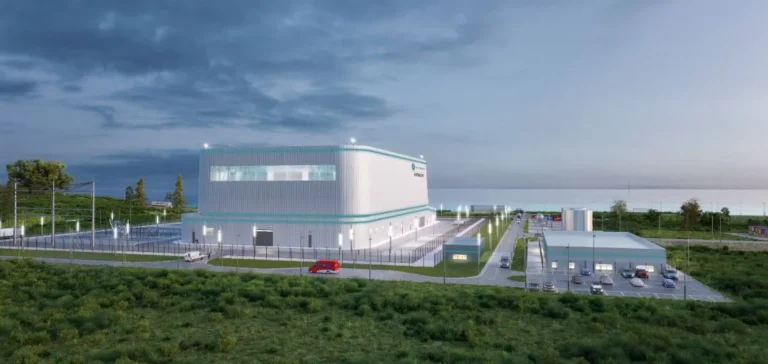The Tennessee Valley Authority (TVA) has signed an agreement with the American company ENTRA1 Energy to deploy up to 6 gigawatts of new nuclear capacity in its seven-state service area. The programme is based on small modular reactor (SMR) technology, integrated into future ENTRA1 Energy Plants™ equipped with NuScale equipment.
This project marks the largest initiative of its kind ever launched in the United States. According to provided projections, the generated power could supply approximately 4.5 million households or up to 60 data centres. The initiative responds to a strong increase in electricity demand, driven particularly by artificial intelligence, semiconductor manufacturing and other energy-intensive digital technologies.
A structuring public-private partnership
ENTRA1 Energy, NuScale Power’s strategic partner, will oversee development, investment, management and operation of the plants. The company intends to sell the electricity produced to TVA through future power purchase agreements. The firm specialises in commissioning American nuclear and natural gas technologies for its power infrastructure assets.
TVA, one of the largest public power producers in the United States, stated that this collaboration demonstrates the central role of public-private partnerships in strengthening the country’s energy security. The public utility aims to meet the growing need for reliable and abundant energy required to support emerging industries.
Regional deployment and national strategy
The exact sites of implementation have not yet been disclosed, but the two partners announced they are exploring several options in TVA’s service region. They are also considering opportunities to collaborate with other federal agencies, particularly on facilities combining modular nuclear and natural gas generation.
The project is aligned with the current administration’s energy dominance strategy, which seeks to consolidate U.S. energy independence. TVA plans to leverage innovative technologies to power tomorrow’s critical infrastructures, such as high-performance computing centres and automated production chains.
Priority on American technologies
ENTRA1 Energy emphasises the exclusive use of American-origin technologies in its projects, ensuring national industrial development. The use of NuScale’s SMRs would allow for more flexible and potentially faster deployment than traditional reactors, adapting to local demand and land availability.
The collaboration between TVA and ENTRA1 Energy represents a first step toward large-scale deployment of SMR technology across the U.S. Discussions between the two entities are expected to continue regarding the precise terms of construction, financing and commercial operations.






















